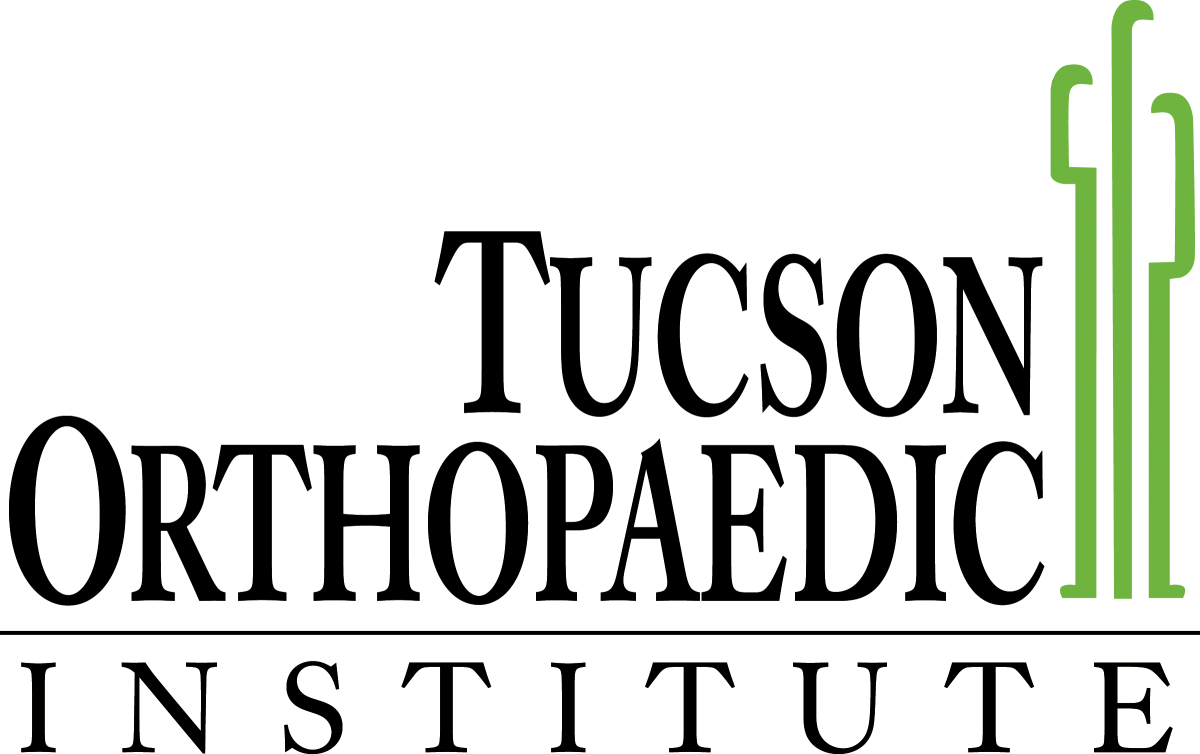What is a Tennis Elbow?
Also known as lateral epicondylitis, tennis elbow is a condition that occurs when the tendons of the elbows are overused. It’s a painful condition that usually occurs as a result of repetitive motions of the wrist and the arm.
This condition is very common among tennis players and other athletes who play sports that require repetitive and vigorous use of the forearm muscles. It’s also common in those who work in certain jobs such as carpentry, cooking, and plumbing.
Symptoms of a Tennis Elbow
The symptoms of a tennis elbow develop gradually. It usually begins with mild pain that worsens over weeks or months. This pain may radiate from the outside of the elbow into the forearm and wrist.
Aside from the pain, there can also be arm weakness. As a result, the patient finds it hard to do things with his/her hands such as gripping an object, holding a cup, and even turning a doorknob.
Diagnosing a Tennis Elbow
There are several areas that the doctor will look into before making a diagnosis. These include one’s symptoms and how they developed and any existing occupational or sports risk factors.
Aside from reviewing the medical history, the doctor will also run a thorough physical exam. He/she may ask the patient to straighten his/her arm against resistance to see if it causes pain. The occurrence of pain will tell the doctor that those muscles are not healthy.
Additional tests may be required to rule out other possible causes of the symptoms. These tests may include magnetic resonance imaging (MRI) scan, electromyography (EMG), and x-rays.
How It Is Treated
Most cases of tennis elbow (about 80 to 95%) are successfully treated through nonsurgical methods.
Nonsurgical Treatment
Rest, which includes cessation of participation in activities that require heavy work, is usually part of the treatment plan for patients with tennis elbow. If he/she is active in certain sports, he/she may be recommended to stop his/her participation in them for several weeks in order to give the arms the rest they need.
Other nonsurgical treatment options for tennis elbow include the use of non-steroidal anti-inflammatory drugs (NSAIDs), physical therapy, use of a brace centered over the back of the forearm, steroid injections, and extracorporeal shock wave therapy.
Surgical Treatment Options
If symptoms are still felt after 6 to 12 months of nonsurgical intervention, the doctor may recommend surgery.
Most surgical procedures for the tennis elbow involved the removal of the diseased muscle and then re-attaching the healthy muscle back to the bone. The surgery can either be an open or arthroscopic procedure.
